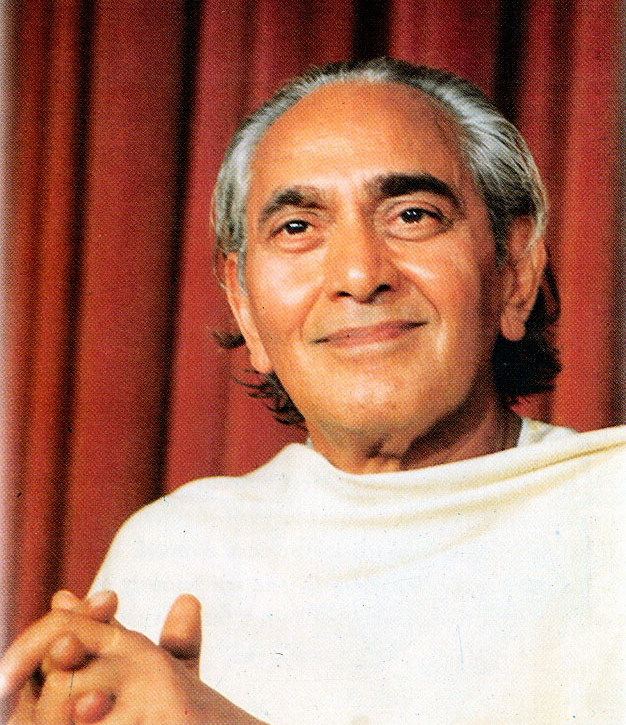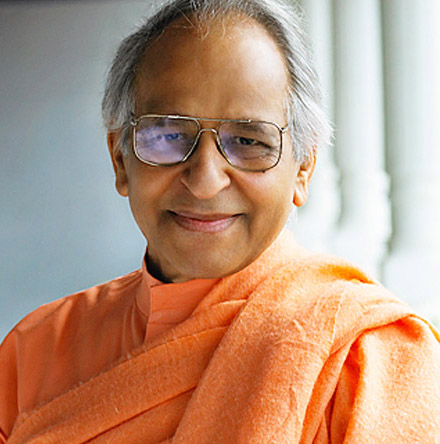The Himalayan Mountains have been the home of sages for millennia. These great sages lived and passed on knowledge of the yogic teachings to disciples who then became masters passing on the teachings in an unbroken lineage since the Vedic period. Twelve hundred years ago Shankaracharya organized his teaching into five centers of the Himalayan Tradition. As one of those five, our tradition is the Bharati lineage connected with the Shankaracharyas at the Shringeri Seat.
The Himalayan Yoga Tradition is not a tradition where a teacher proclaims himself a guru and students are expected to believe whatever he says, rather, the teachings come from the Tradition and the student can look to the Tradition to support and make sense of what the teacher says. The initial purpose of the tradition is to awaken the divine flame within each human being and the goal is for each student to become a master of the Tradition in coming to know his or her true Self. It is the task of the teacher, through the Grace of the Guru to selflessly help his students on the way to the highest enlightenment.
The principal tenets and practices of all known systems of meditation are included in the Himalayan Yoga Tradition and, for the most part, these systems have arisen out of it. For example: Vipassana emphasizes breath awareness and Transcendental Meditation concentrates on repetition of the mantra, whereas most Hatha practitioners pay attention mainly to posture. The Himalayan meditator, however, learns to sit in the correct posture, relax fully, practice correct breathing, and then combine breath-awareness with the mantra.
The Tradition teaches specific methods of training the human mind. It awakens the energy called Consciousness into the meaning of one’s essential nature – “Thou art That” – until one’s small, ego-centered personality and identification with the external are replaced by the knowledge of the Eternal Self – ever-pure, ever-wise, ever-free. The methods are scientific, systematic and internal, culminating in the mystery of initiation, and the direct conferring of the energy of Consciousness to disciples until they become Masters in their own right. More information on the Himalayan Tradition.




